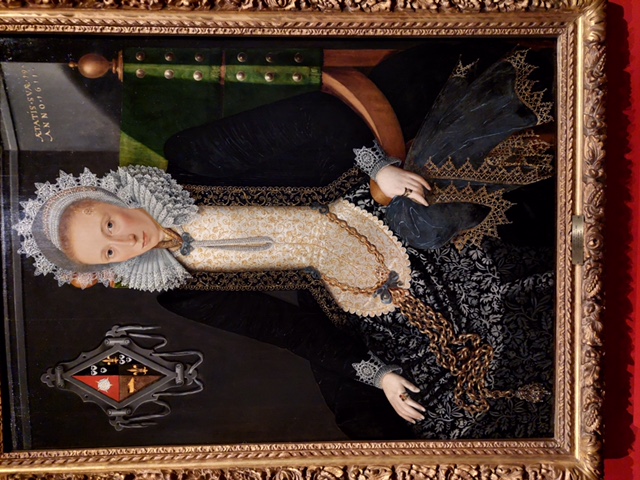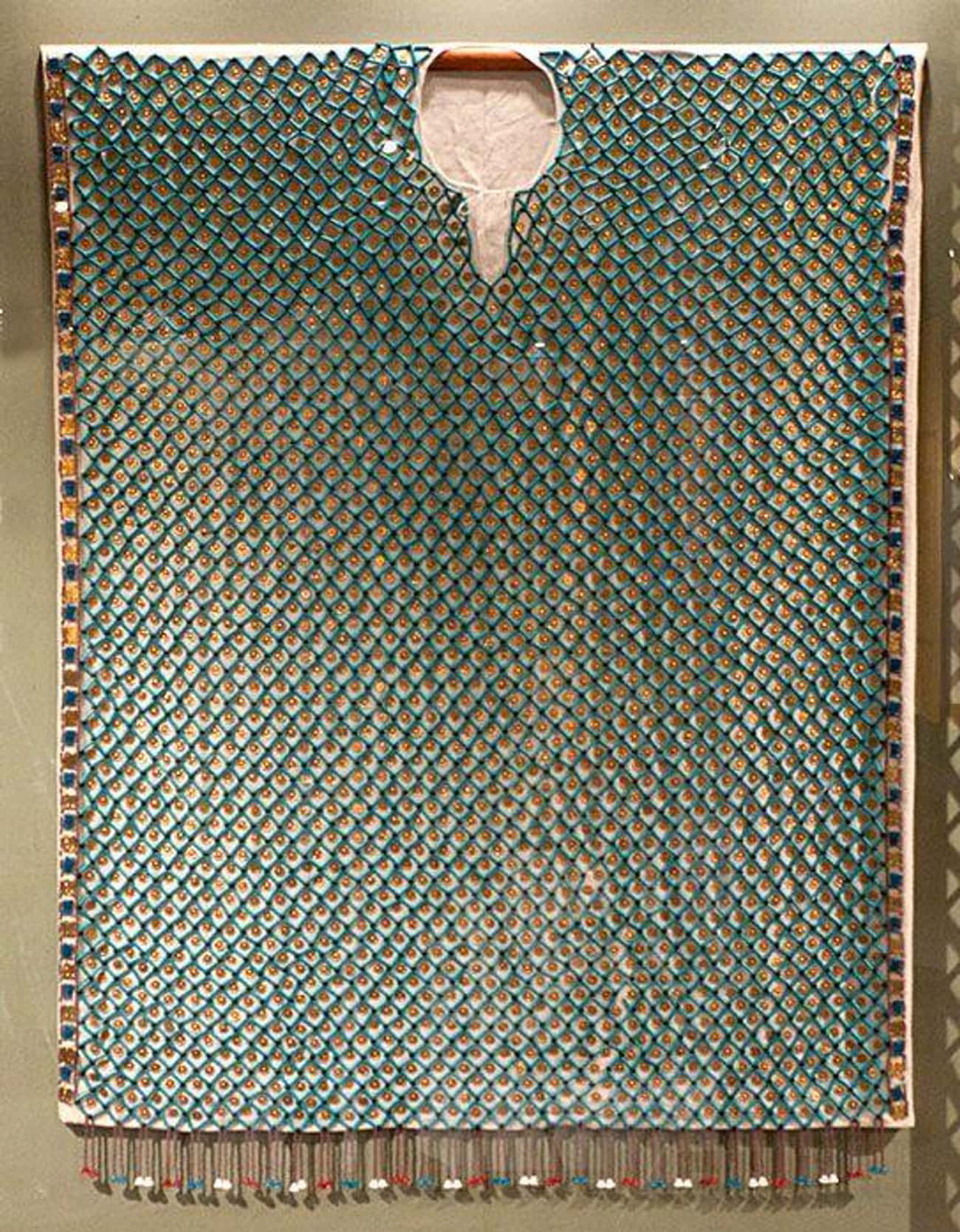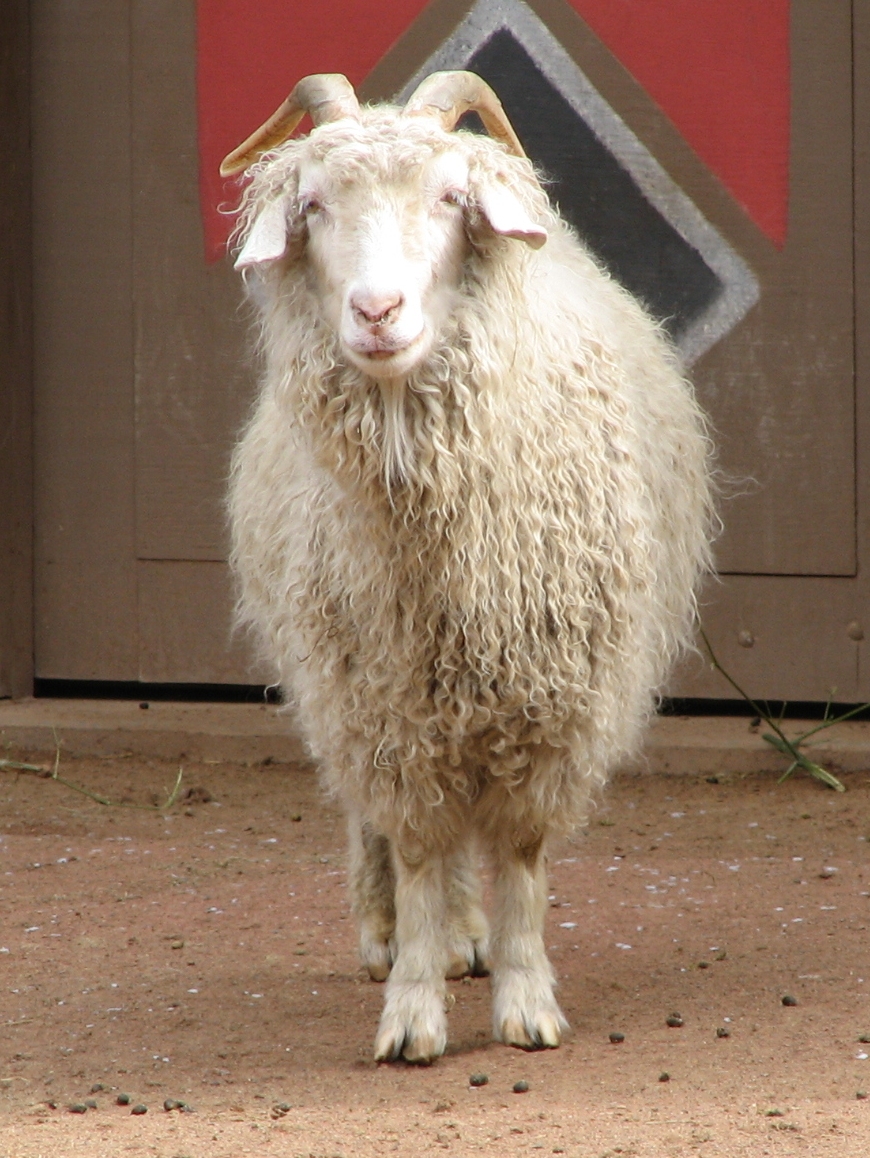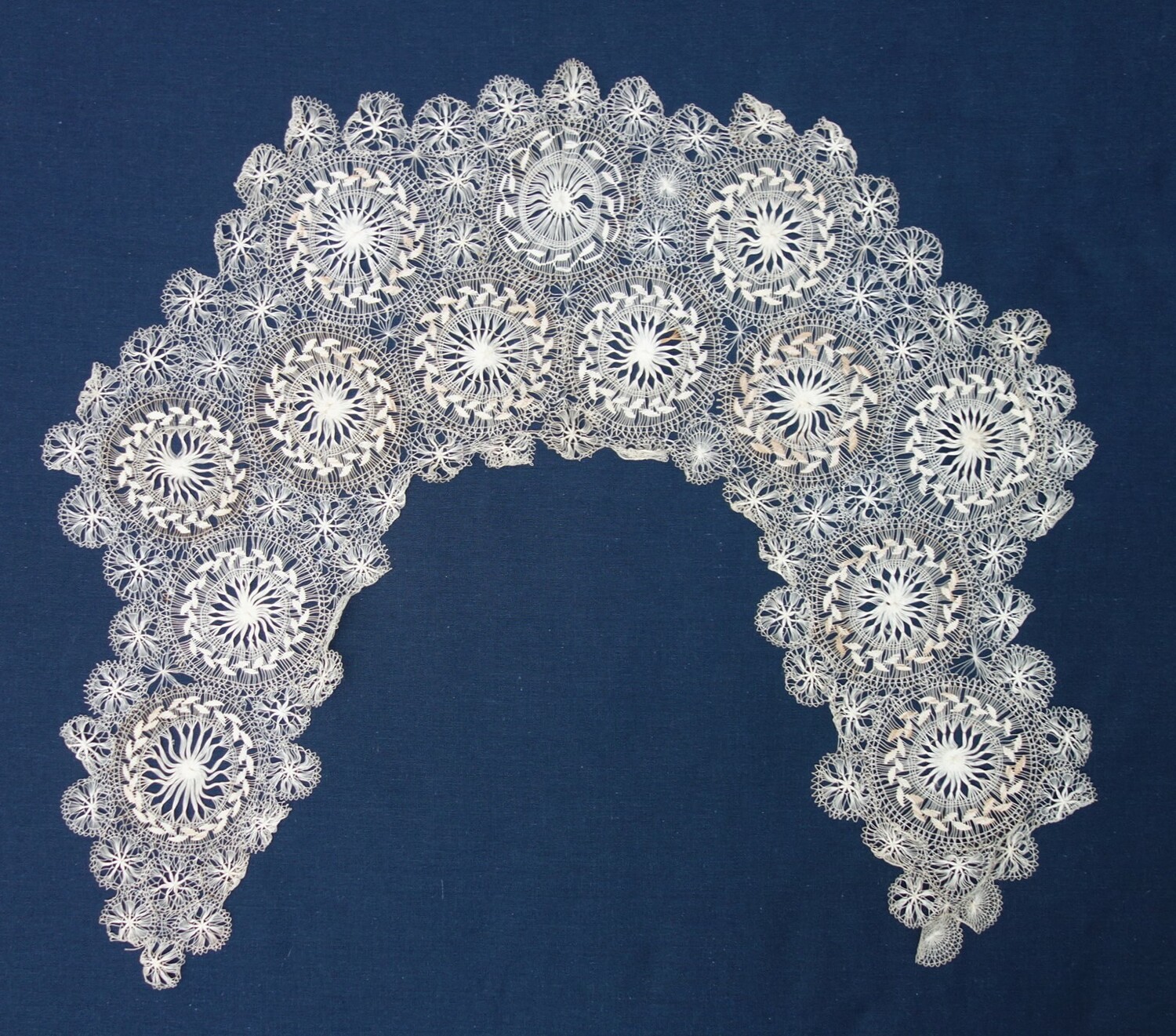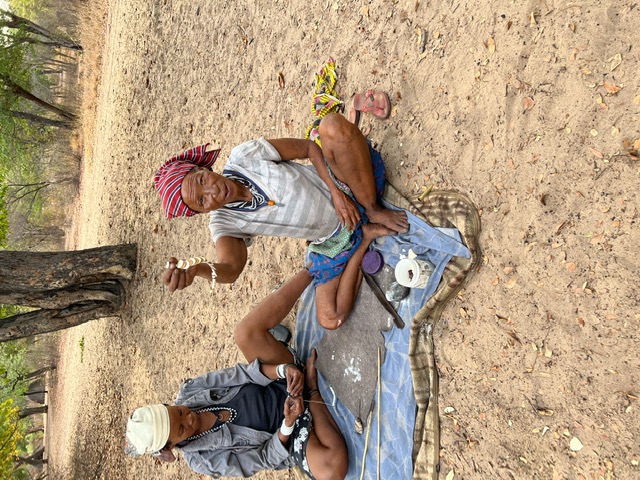A vibrant dress and a hat with horns from Namibia
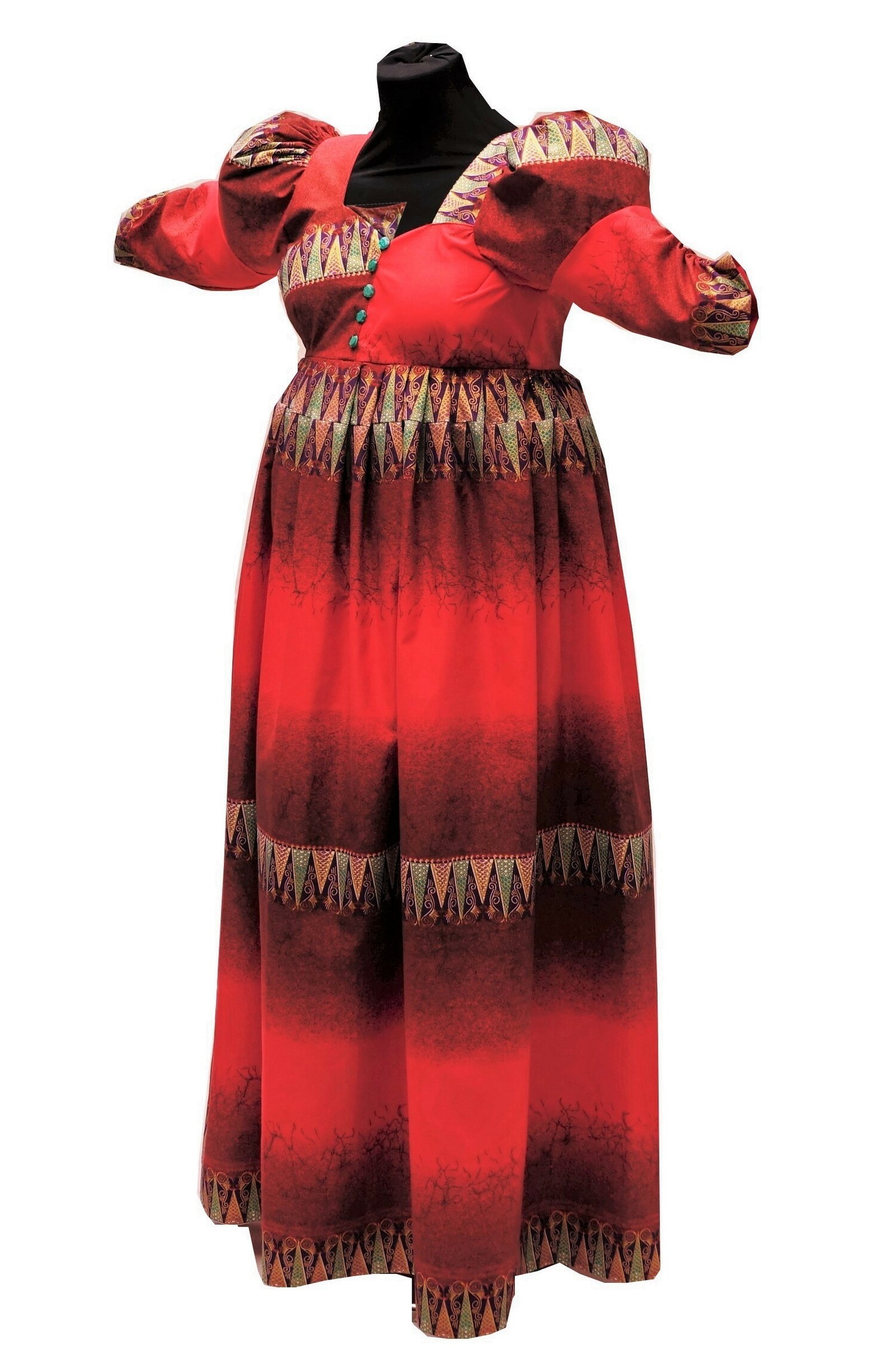
When I mentioned to Gillian, the director of the TRC in Leiden, that I was returning to Namibia for a visit this year, she commented that the TRC had almost nothing from there, and so I started a fascinating journey into the history of a particular style of Namibian dress.
My husband and I have a very good friend in Namibia, Vincent, who has guided us on all our visits and he and his wife, Jacoline, arranged to have a dress made especially for the TRC. He educated us about the traditions behind it too. In pre-colonial times the various people living in Namibia wore skins, but with the coming of Christian missionaries in the late 19th century, this was frowned upon. It became the practice to adopt the clothing of the missionaries in your particular region.







